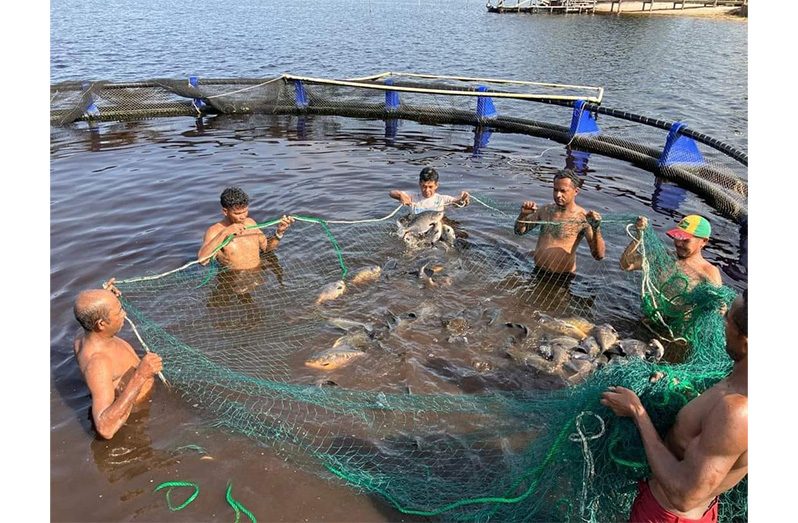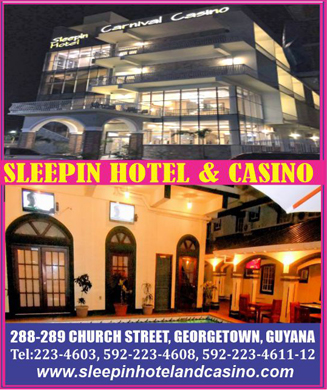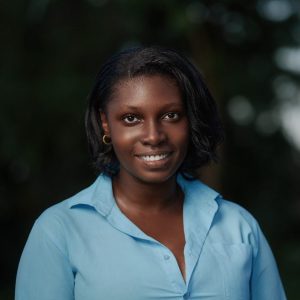– Toshao Wendy Francis says the aquaculture project is creating job opportunities, brining revenue into the community,
THE picturesque community of Capoey may become known for more than its blackwater lakes and friendly people. The Region Two (Pomeroon-Supenaam) village, already celebrated for its vibrant tourism sector, is making significant strides in aquaculture.
In a recent interview with the Guyana Chronicle, Toshao Wendy Francis highlighted the success of the village’s Tambaqui Cage Culture Fish Project, which is bringing employment and revenue to residents, as plans for further expansion continue.
The cage-culture project, introduced under the current administration, is part of a nationwide effort to develop aquaculture, particularly in riverine communities. Capoey has emerged as one of the most successful sites for this initiative, with each cage having the ability to produce $8 million annually.

The project which sees fish farmed in submerged cages in the community’s nature lake, has had a tangible impact on Capoey, says Toshao Francis. “Our fish farm, it’s flourishing. I have to say it’s flourishing. We are doing tremendously well with our fish farm,” she said.
The Toshao explained that management of the farm has improved in recent times, with increased community and council involvement in the project. “At first, the fish farm was not doing so well. We were harvesting very little and so on. Now we are harvesting properly and managing it as a business for the village,” she noted. This approach has allowed the farm to be operated more efficiently and generate income that directly benefits the community.
Currently, the farm employs two residents full-time and they are paid from the revenue generated by the project. “We take two persons from the community and pay them from the fish money to maintain the farm, cleaning cages, feeding, everything,” Toshao Francis said. These roles not only provide employment, but also build local expertise in aquaculture management.
The village also plans to take the project further in the future. While the project is currently supported by the Ministry of Agriculture, Toshao Francis shared that there are intentions for Capoey to eventually purchase its own fingerlings and feed, allowing the community to become fully self-sufficient. “We have plans to extend the fish project, [and] eventually the village will start buying their own fingerlings and feed,” she said.
The fish farm is not only supporting Capoey residents, but it is also providing benefits to people outside the community.
Toshao Francis pointed out, “It’s doing well for our community and also people out of the community. Right now, we have orders for fish, but we are not harvesting yet,” she said. During special events, such as heritage celebrations, the village has shared part of its harvest with the wider community.
The project’s success has inspired Toshao Francis to encourage other indigenous leaders to explore similar initiatives. “It’s making money, and it brings jobs to people of the village. It is a good initiative,” she said adding, “I would encourage other indigenous leaders to take part in these types of initiatives. It’s a very good initiative because it’s doing well in our village.”
As Capoey continues to develop its cage culture project, the community is setting an example for other riverine and hinterland villages. With careful management, technical support, and plans for expansion, the village is demonstrating that aquaculture can be both a sustainable and profitable venture, benefitting residents while contributing to Guyana’s growing aquaculture sub-sector.



.jpg)








